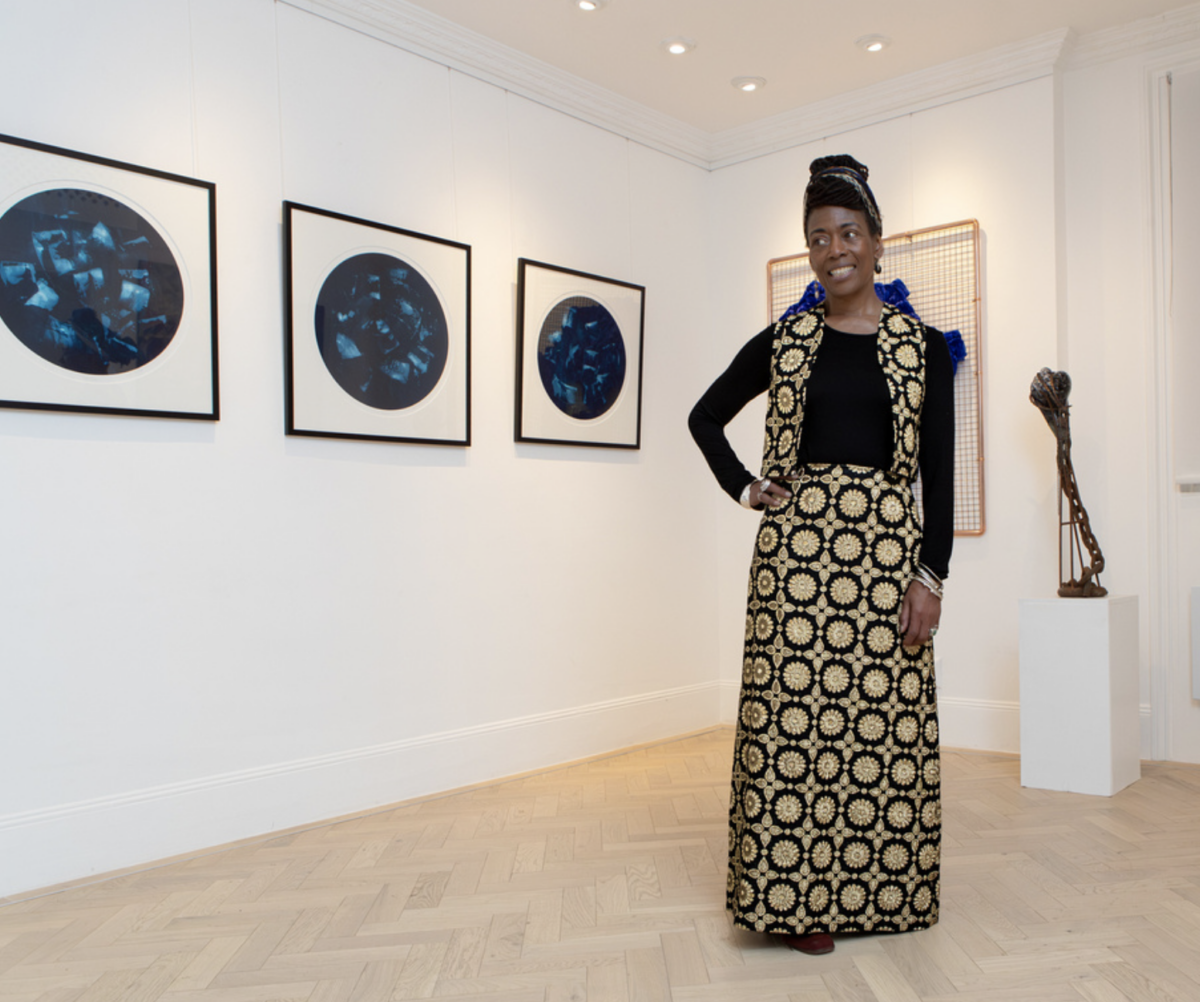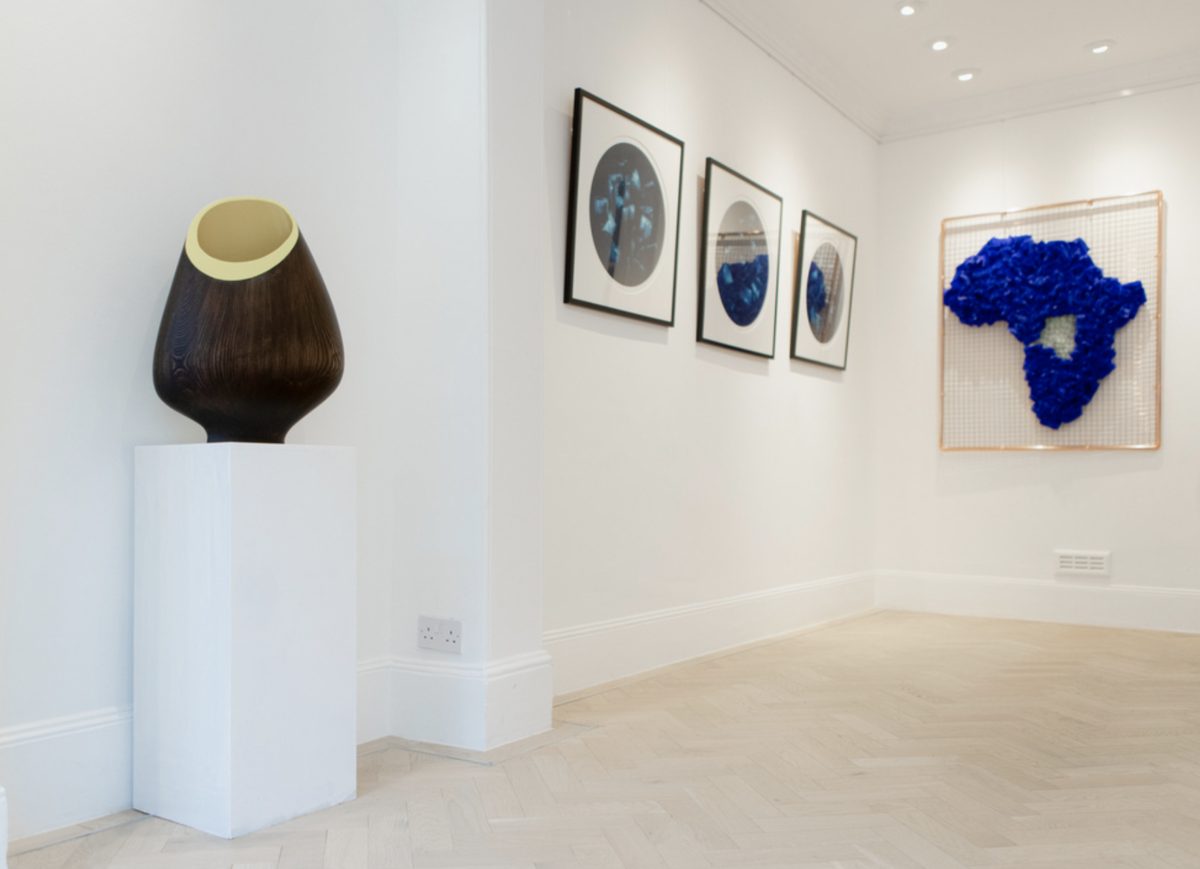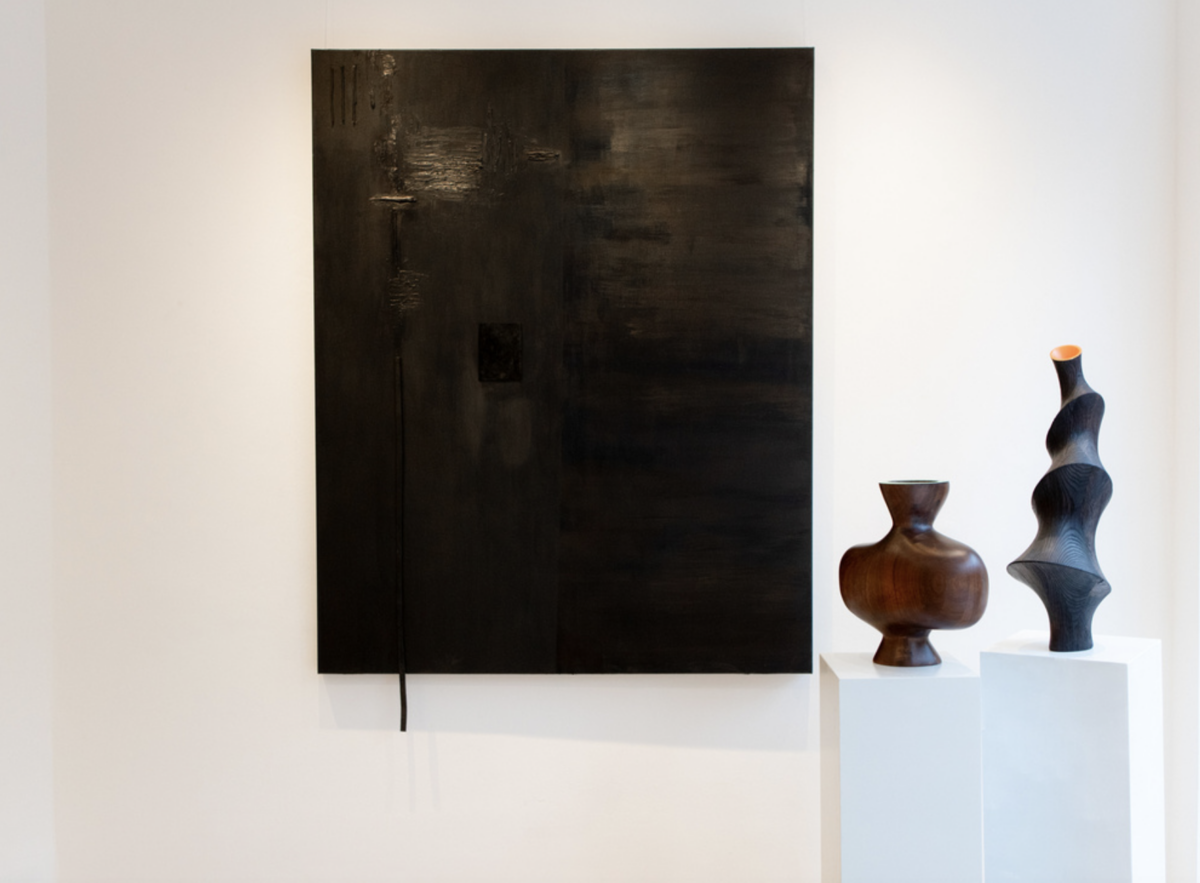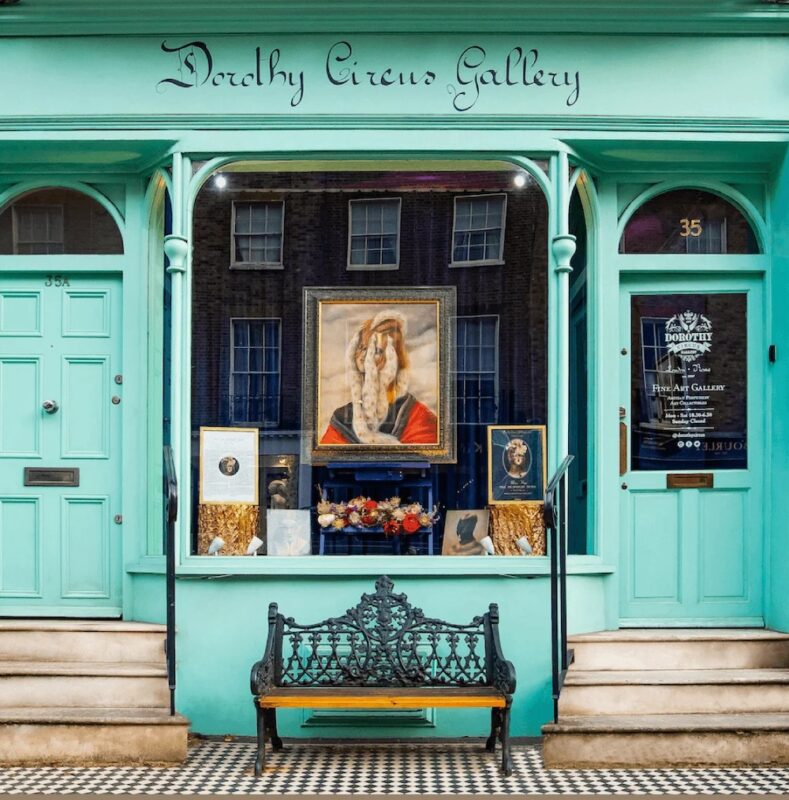Sukai Eccleston founded non-profit gallery CasildART Contemporary as a way of addressing the lack of representation for Black artists by commercial galleries and museums. The gallery’s mission is to be a catalyst for change and transform the UK visual landscape by inserting Black narratives into the culture. Eccleston’s curatorial practice is centred on celebrating the diversity of contemporary Black art practice and strengthening Black communities through joyful art presentations, enabling them to connect to their heritage through the visual arts.

FAD Magazine contributor Lee Sharrock spoke to Sukai about her mission with the gallery to provide a platform for Black artists, the exhibition programme, and “The Future is Now PT.II: Re/Form~ation”, the inaugural exhibition at CasildART Contemporary’s new permanent gallery space on Connaught Street.
What is the meaning of the exhibition title “The Future is Now PT.II: Re/Form~ation,” and how does Part II differ from Part I?
Part I of the exhibition focused on the concepts of world-making and the possibility of legacy, examined through the unique diasporic lens of six Black artists: Asiko, Othello De Souza-Hartley, Elaine Mullings, Theresa Weber (returning in Part II), Hannah Uzor, and Larry Amponsah. These artists engaged in cultural criticism, questioning traditional structures and sensibilities while forging new relationships between art, language, and reality.
The Future is Now PT.II: Re/Form~ation builds on this foundation by continuing to explore how the future is shaped through artistic expression. It delves deeper into the themes introduced in Part I, with a particular focus on the materiality of art and the ways in which artists use diverse mediums to challenge, disrupt, and re-formulate traditional notions of identity, culture, and history.
Reformation in this context is multi-dimensional. It is personal, as each artist reflects on their process and identity; artistic, as they challenge and recontextualize their mediums; and intellectual, as they reform our understanding of what the African American writer James Baldwin called our “visible reality” – the dominant narratives about both historical and contemporary issues.
While Part I was about world-making and the possibility of legacy, presenting a broad spectrum of ideas and artistic expressions, Part II builds on that foundation by pushing the boundaries further, both in terms of the physical materials used by the artists and the conceptual frameworks they engage with. The addition of new artists (Chris Day, Donald Baugh, and Maggie Scott) and fresh perspectives allows us to explore these themes more profoundly, making this continuation even more dynamic and thought-provoking.

The exhibition features seven Black British artists working in various mediums to push the boundaries of form. How did you select the artists, and how do you feel their work responds to the theme?
Selecting the artists for this exhibition was a deeply considered process. Each artist was chosen for their unique ability to engage with and push the boundaries of both form and narrative. Their work embodies the themes of reformation and the future by using materials in innovative ways that challenge conventional art forms and expectations.
For example, Asiko’s work often explores identity and memory through photography and mixed media, while Elaine Mullings uses materials like copper and tissue paper to comment on the disposability of Black lives. Othello De Souza-Hartley’s interdisciplinary approach combines photography, performance, and installation to question societal norms and expectations. Each artist brings a distinctive voice and method, collectively creating a powerful dialogue around the theme of reformation and the shaping of the future.
Their work responds to the theme by actively engaging with the present in considering the possibility of legacy. They are not just reacting to the world around them but are actively shaping it through their art, making the exhibition a dynamic space where new ideas and futures are forged.

You founded CasildART Contemporary as a not-for-profit gallery dedicated to addressing the underrepresentation of Black artists in fine art institutions, commercial galleries, and museums. This is the first exhibition in your permanent space. Are you excited about providing a platform for Black artists through your exhibition programme, and what exhibitions, events, and collaborations do you have coming up in the future?
Absolutely, I am incredibly excited about this new chapter for CasildART Contemporary. Moving into our permanent space in March—after operating as a nomadic gallery—marks a significant milestone for us. It enables us to provide a consistent and impactful platform for Black artists, whose voices and perspectives are often marginalised in the art world. Our gallery is more than just a space for displaying art; it’s a hub for dialogue, education, and community-building.
Looking ahead, we have several exciting exhibitions, events, and collaborations lined up. We’ve launched a series of gallery talks, including “Her to Her,” featuring intimate conversations between women in the arts, and “Man to Man,” focusing on dialogues between male artists and cultural figures. We’re also planning workshops and a meditative drawing session led by Othello De Souza-Hartley, aimed at fostering creativity and self-expression.
Additionally, we are open to collaborations that align with our mission to elevate Black and other marginalised voices in the arts. Whether through partnerships with corporates and cultural institutions, educational programmes, or community outreach initiatives, we are committed to making a meaningful impact and creating opportunities for Black artists to thrive. The journey ahead is filled with potential, and I’m excited to see how we can continue to grow and make a difference.
The Future is Now Part II: Re/Form~ation – September 7th, 2024 CasildART Contemporary





